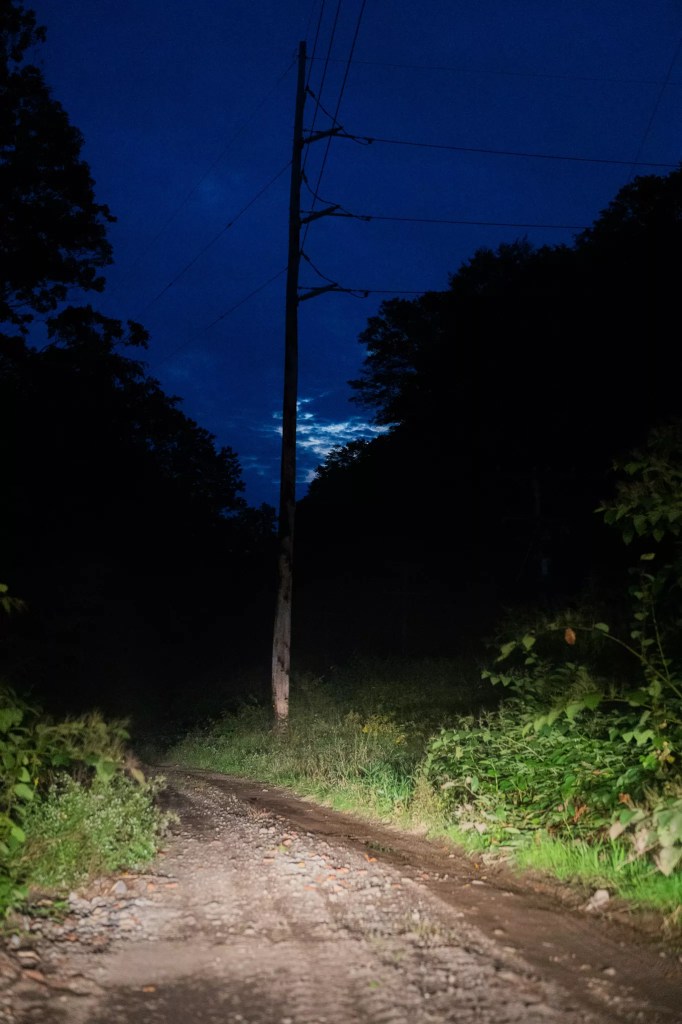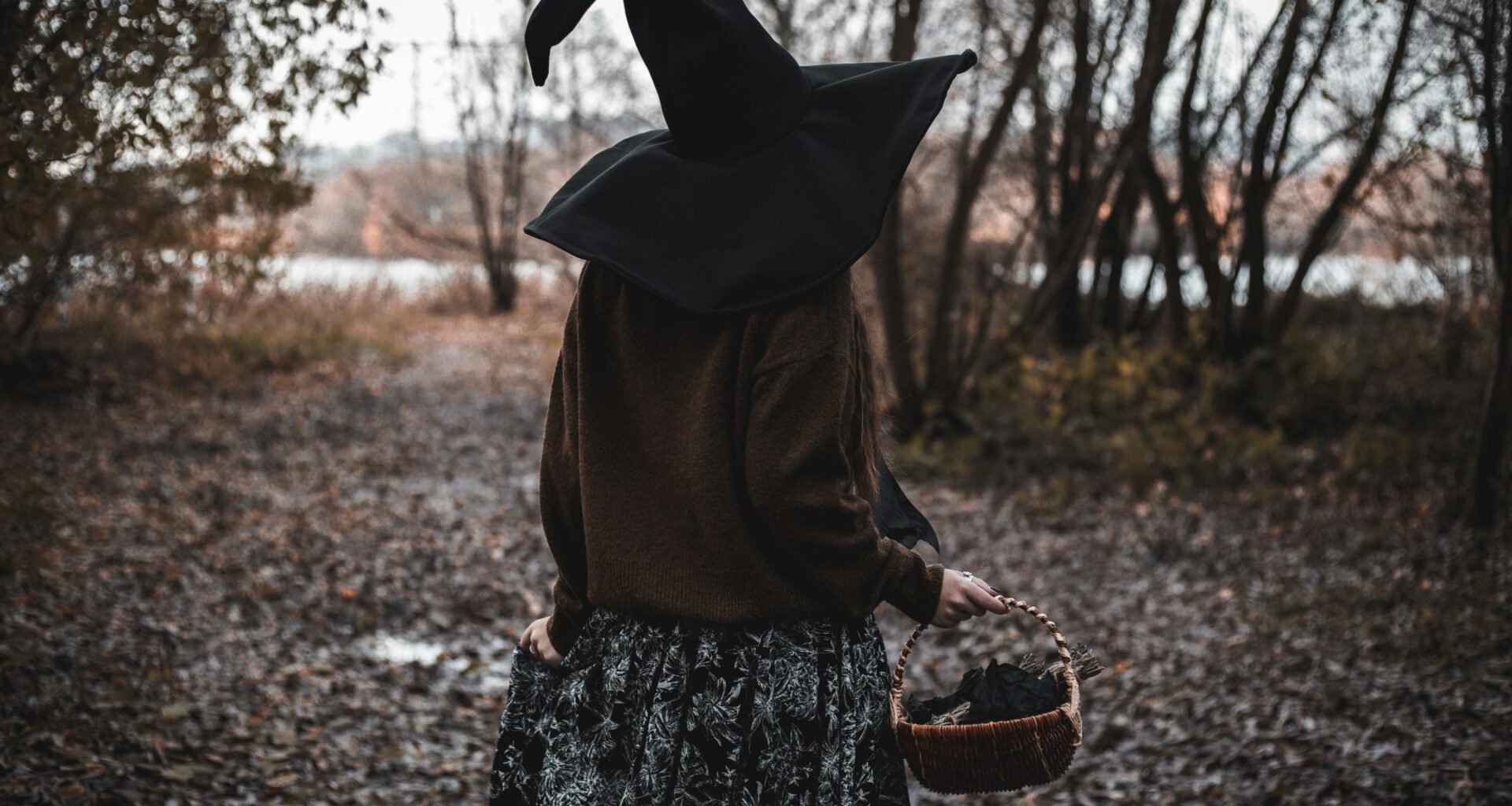Scots-Irish immigrants, the first European settlers in large numbers to southwestern Pennsylvania, are typically associated with the region’s industrial takeoff. Their legacy includes Gilded Age figures like Andrew Carnegie, banker and railroad magnate Thomas Mellon, and James Laughlin, a founder of the Jones and Laughlin (J&L) Steel Company.
But, as professor and historian Peter Gilmore explained at a recent Fort Pitt Museum lecture, the largely Presbyterian parents and grandparents of these “serious” captains of industry brought something more ethereal to the region: occult practices and magical beliefs.
The predecessors to Pittsburgh’s industrial forbearers were “born in a rural Ireland steeped in fairy lore,” Gilmore says.
Gilmore points to a 1906 book by Presbyterian pastor Dr. John Walker Dinsmore, in which Dinsmore describes his childhood in rural Washington County, Pennsylvania. In The Scotch-Irish in America, Dinsmore writes, “Hence, in our strong, forceful, serious, pious forefathers, whose minds dwelt much on the spiritual and the unseen, there was the intermixture of certain superstitious notions and ideas. They always denied it in words, but their imagination was always more or less overshadowed by these occult influences.”
In the spirt of Halloween — itself steeped in folklore where Irish and Scottish fairies battled for the province of Ulster — Pittsburgh City Paper shares some of Gilmore’s work on the superstitions and occult practices in the Ohio Valley.
An early legend goes that, in 1773, Thomas Bigger and and Elizabeth Moore, a farmer and a weaver, married and immigrated to Pennsylvania from County Antrim, Ireland.
In the region at the time, anyone outside “the shadow of Fort Pitt,” Gilmore says, was subject to a “seemingly endless cycle of tit-for-tat, killing, rage, and massacres.”
Bigger, Moore, and their infant son headed west to seek out Bigger’s older brother at Fort Dillow — at the time a “crude stockade,” Gilmore says — located on present-day Raccoon Creek in Beaver County.
“And it was to this stockade on one night in 1778, that a lone horseman approached,” Gilmore says. “He called out, ‘Thomas Bigger!’ Thomas was awake, and he recognized the voice as that of Quinn, a man he knew back in County Antrim.”
Quinn warned there was a war party crossing the Ohio River, telling Bigger he had to flee. Bigger tried to warn his neighbors, who sneered at him and said the message had been a dream. But the family left and hid in the forest. Accounts hold that by dawn, a war party arrived, and nearly every inhabitant of Fort Dillow was rounded up, taken to a ravine, and tomahawked.
Years later, Bigger saw Quinn and thanked him for saving his family’s life. Quinn was “dumbfounded,” insisting he’d never been to Fort Dillow. Bigger “went to his grave” insisting he’d heeded Quinn’s warning.
 A trail along Raccoon Creek’s backpacking loop in winter Credit: CP Photo: Colin Williams
A trail along Raccoon Creek’s backpacking loop in winter Credit: CP Photo: Colin Williams
Gilmore, also ruling elder at Sixth Presbyterian Church, says other less-than-traditional Christian beliefs appear in church records from the 18th and early 19th century.
In 1790, elders of the Associate Reformed Congregation of the Forks of Yough investigated if farmer John Reed used “unlawful means” to rid his whiskey distillery of enchantment.
In Pittsburgh in 1816, the Associate Presbyterian Congregation confronted two men, one a recent Irish immigrant, about reports they’d been casting lots (using objects like sticks or stones to make a decision with the belief God influences the outcome). The Irish Presbyterian church condemned fortune-telling for secular purposes, and was apparently so concerned that it incorporated new strictures against it in a book of church government the following year.
Similar advice was given against “magical charms,” still “known to be practised [sic] in this land.” Charms were said to offer protection or cure disease in people and cattle, and to find lost objects. Some rural Irish Presbyterians believed that witches could “merely look” at livestock to stop milk production or kill them in their tracks.
One tale of witchcraft involves the fate of Colonel Hugh Davidson. Hailing from eastern Allegheny County, Davidson was a militia officer, judge, sawmill owner, and prominent landowner in the 1780s, when many farmers were being foreclosed on. According to John J. Lolla Jr. in The Creek Runs Deep, Davidson “family lore” held that the colonel loved to roam the countryside with his pack of hounds.
Somewhere on a walk in the mountains of Central Pa., his dogs got hungry and tired, and Davidson spotted an old Irish woman making a pot of mush at a nearby cabin. He ran over, snatched the pot, and dumped the mush pot to feed his dogs.
Seeing the theft, the old woman cursed Davidson from her cabin doorway, shouting, “I now pronounce this curse upon you — None of your children will die in their beds!”
Legend holds that over the years, “violent death after violent death came to the extended Davidson family — one after another.” Davidson’s daughter died falling off a horse, his granddaughter by slipping on a scythe. Another family member was gored by a bull, and another bitten by a snake.
“When people heard of the terrible occurrences they would shake their heads and say, ‘The curse again … the old Irish curse!’” Lolla Jr. writes.
 Campbell’s Run Rd. in Harmar Township is the site of the 13 bends urban legend. The tale includes stories of ghost sightings when driving down the road at night. Credit: CP Photo: Mars Johnson
Campbell’s Run Rd. in Harmar Township is the site of the 13 bends urban legend. The tale includes stories of ghost sightings when driving down the road at night. Credit: CP Photo: Mars Johnson
Gilmore’s investigation into Scotch-Irish identity resulted in his 2020 book, Irish Presbyterians and the Shaping of Western Pennsylvania.
Occult beliefs might make it easy to assume early Scots-Irish immigrants were somehow less Presbyterian, or even ignorant, Gilmore says, but the assumption lacks historical context.
“We post-Enlightenment people are used to putting magic in one box and religion in another box, and spirituality in another box, and everyday life in another box, and the boxes aren’t supposed to touch, nevermind the contents of the boxes intermingle,” Gilmore says. “But pre-modern people saw the universe as filled with unknown forces, seen and unseen, good and not so good. And that view dominated their understanding of the world.”
Put into further context, one function of occult beliefs like curses was that of “a kind of retributive justice,” Gilmore says. As with the story of Davidson and the old Irish woman, often imagined as a dispossessed widow, the curse provided a remedy that courts of law or other civil avenues likely would not have.
“What the[se] beliefs mostly were, were [for those] deficient in economic, social and political capital, and made an effort to marshal all the available resources that could help them maintain a difficult position in a precarious world,” Gilmore says.
This article appears in Oct. 29-Nov. 4, 2025.
RELATED

